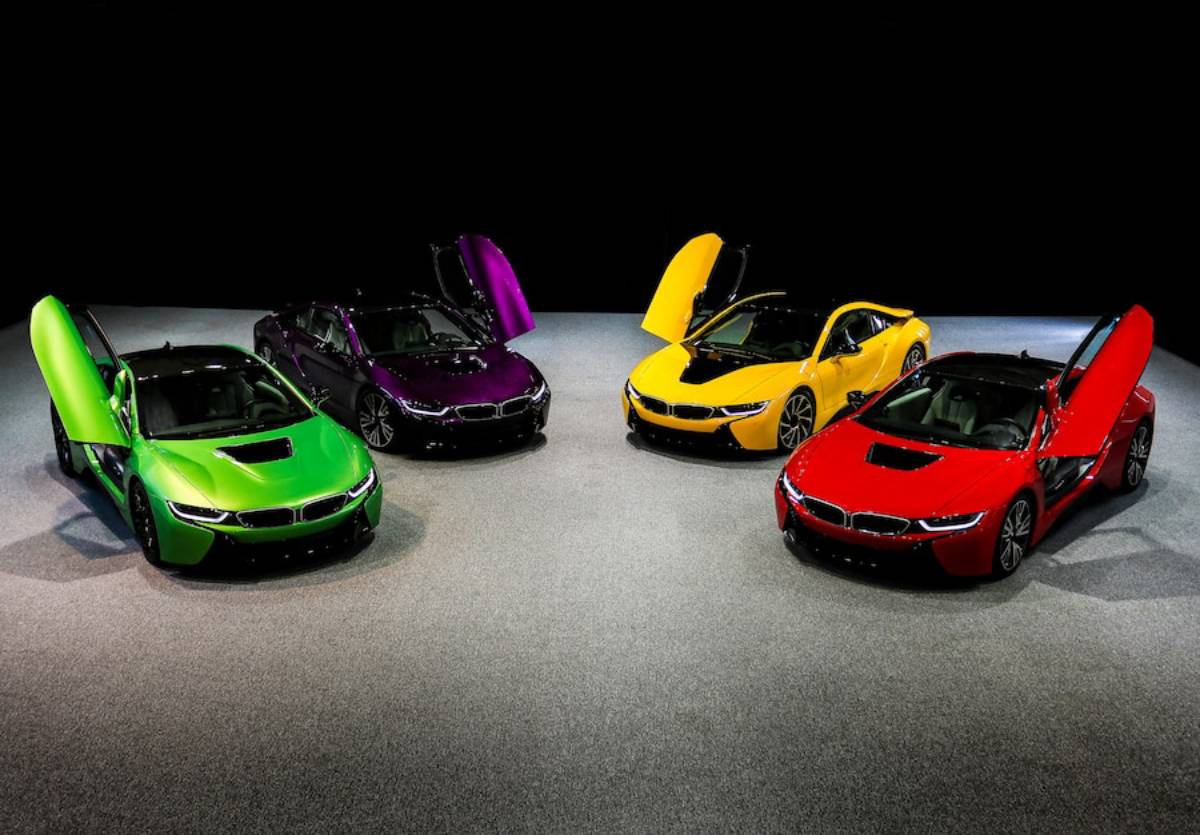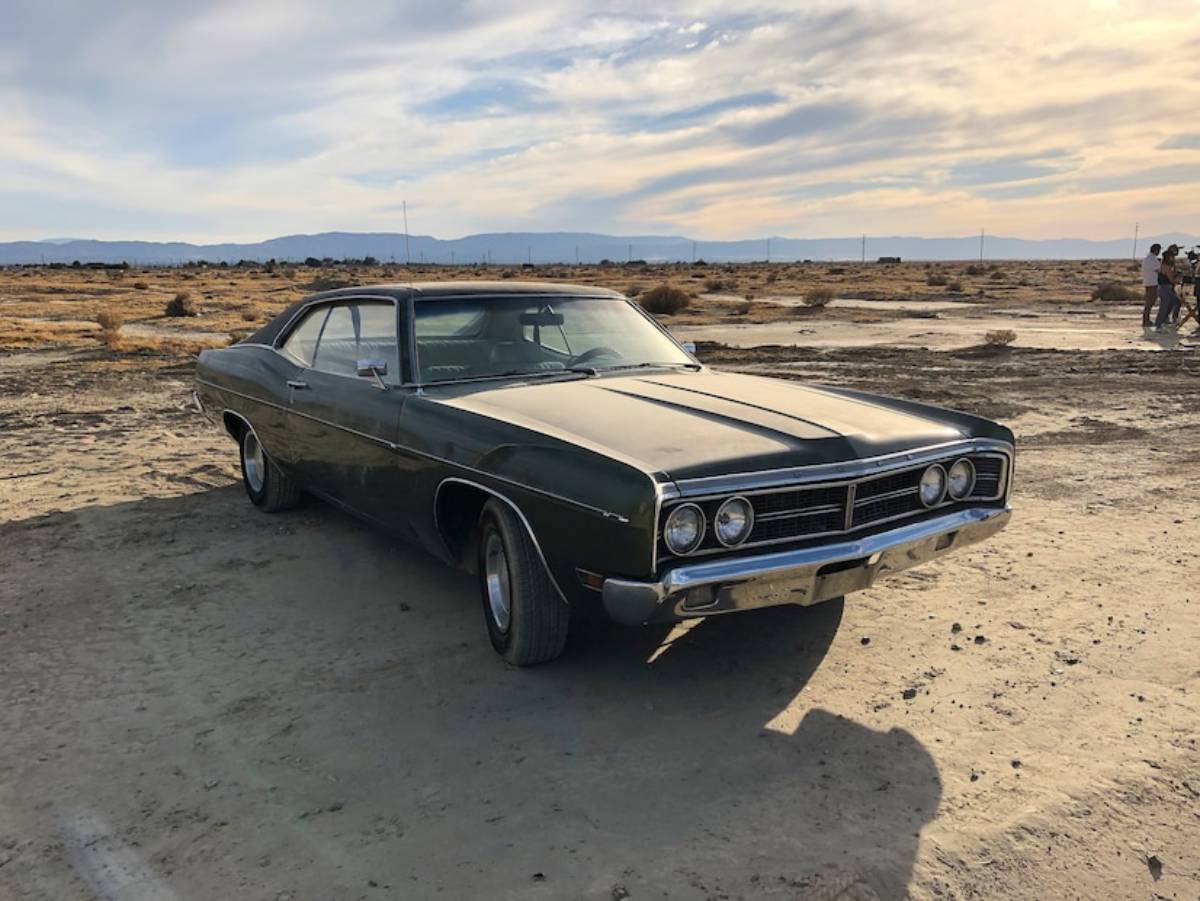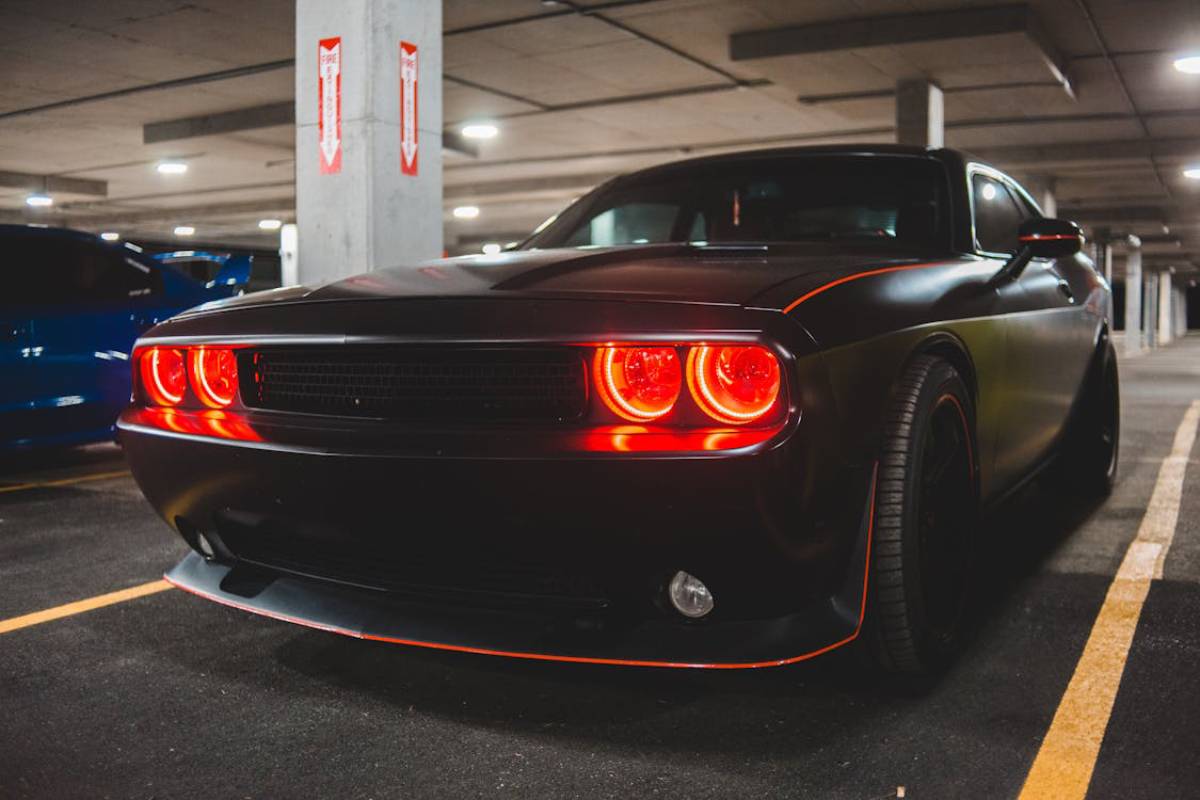
The Evolution of Muscle Cars: Then vs. Now
Muscle cars thunder down the highway, a symphony of power and liberation. They embody the quintessential American dream, a dream that transcends borders. Enthusiasts from the UK and beyond are drawn to their magnetic allure. The story of muscle cars is a wild ride. It highlights changes in technology, culture, and what people want. In this blog, we’ll explore the history of muscle cars. We’ll compare vintage models to modern ones and reveal the top road legends. Join us to celebrate the magic of these iconic machines. Muscle cars feature powerful engines and bold designs. They sparked our love for speed and performance. These fantastic cars have significantly changed since they started in the thrilling ’60s. This change shows new automotive engineering and reflects society and driver preferences.
Key Benefits / Why It Matters

Understanding the evolution of muscle cars is vital for numerous reasons. First, it provides a lens into the automotive industry’s past trials and triumphs. Muscle cars show the bold creativity of engineers and designers. They dreamed big and pushed limits. We explore classic and modern muscle cars to appreciate the tech improvements. These advancements boost performance, safety, and environmental awareness.
Muscle cars are tied to popular culture. They symbolise freedom, rebellion, and the open road. They’ve appeared in films, inspired songs, and influenced literature. These cars are cultural icons that connect with generations. Their evolution reflects changing consumer tastes, economic shifts, and growing environmental awareness.
Identifying the best muscle cars lets enthusiasts honour the most iconic designs. These fantastic vehicles have made their mark on the automotive world. They inspire future designers and fans.
The History of Muscle Cars
The Birth of Muscle Cars in the 1960s
The muscle car craze began in the U.S. during the 1960s, a decade of economic growth and cultural change. A muscle car is a two-door, rear-wheel-drive vehicle with a powerful V8 engine designed for thrilling speed. The Pontiac GTO, introduced in 1964, is known as the first actual muscle car. Its great success inspired many manufacturers to create their high-performance vehicles.
During this exhilarating era, muscle cars were affordable and easily accessible, making them wildly popular among youthful drivers. The thrilling combination of speed, style, and affordability made muscle cars emblems of youthful rebellion. As the decade passed, manufacturers like Ford, Chevrolet, and Dodge joined the fray, unveiling icons such as the Ford Mustang, Chevrolet Camaro, and Dodge Charger.
The Golden Era and Decline in the 1970s
The late ’60s and early ’70s heralded the golden age of muscle cars. Automakers pushed the performance envelope, crafting models that dazzled with power and pizzazz. Take the 1970 Chevrolet Chevelle SS 454, which bragged a staggering 450-horsepower engine, cementing itself as one of the era’s powerhouses.
However, the 1970s ushered in challenges that curbed the muscle car fervour. The oil crisis in 1973 sent fuel prices soaring, leaving gas-guzzlers less appealing to the masses. Stricter emissions regulations and safety standards forced manufacturers to trim engine power and size. Consequently, many iconic ’60s and early ’70s muscle cars faced discontinuation or significant transformations.
The Resurgence in the 1980s and Beyond
In the wake of the ’70s challenges, muscle cars roared back to life in the ’80s and ’90s. Technological strides enabled manufacturers to produce high-octane vehicles that complied with modern emissions and safety guidelines. Fuel injection systems, turbochargers, and computerised engine management emerged, boosting performance and efficiency.
As we enter the 21st century, muscle cars keep evolving. They blend new technology with classic design. Modern muscle cars boast retro looks and modern performance, attracting long-time fans and new buyers. They also embrace eco-friendly features like hybrid and electric engines, ready for a greener future.
Classic vs. Modern Muscle Cars

Design and Aesthetics
Classic and modern muscle cars look very different. Classic muscle cars have bold, aggressive designs. They feature long hoods, wide stances, and iconic grilles. These cars are made to stand out and show the spirit of their time through eye-catching looks.
Modern muscle cars have sleeker, aerodynamic shapes that blend performance and fuel efficiency. They keep a classic charm with strong lines and bold stances. They also use advanced materials and engineering to improve performance and safety.
Performance and Technology
Performance is key in every muscle car. Both classic and modern models offer thrilling power. Classic muscle cars relied on hefty, naturally aspirated V8 engines, unleashing raw speed and power. However, these engines often sacrifice efficiency and advancements in today’s vehicles.
Modern muscle cars benefit from years of tech evolution. They deliver great performance, efficiency, and safety. Turbocharged and supercharged engines have changed the game. Sophisticated suspension systems and computerised traction control enhance the driving experience. Advanced infotainment systems and connectivity features offer convenience and safety. Driver assistance technologies ensure a smooth ride.
Environmental Impact
Environmental issues are changing the automotive world. They impact the design and production of today’s muscle cars. Classic muscle cars focused on power. In contrast, modern versions use eco-friendly technologies. They have hybrid and electric powertrains. These help cut emissions and boost fuel efficiency.
Manufacturers are exploring new materials and methods. They want to lower the environmental impact of muscle cars. These steps show a strong commitment to sustainability. Automakers want to combine thrilling performance with caring for the planet.
Muscle Cars: A Legacy of Power, Performance, and Innovation
The muscle car saga began in the roaring 1960s, giving rise to horsepower legends. Over time, these powerhouses evolved, enchanting fans with their strength and style. Dive into their rich history. Compare classic models with today’s wonders. Uncover the most legendary muscle cars ever built. This journey shows what makes them so appealing.
Muscle cars are changing again as we look to the future. They now mix advanced technology with eco-friendliness yet still deliver a mighty roar. Whether you love the classic sounds of the past or today’s modern designs, there’s a muscle car for every fan. Get ready for an exciting ride through these iconic vehicles’ history and bright future!